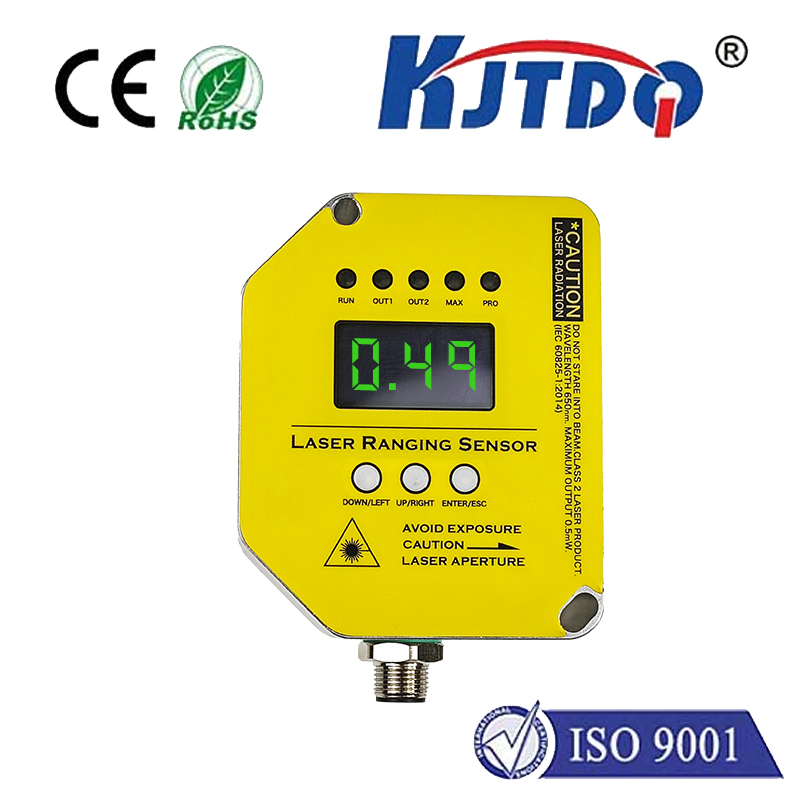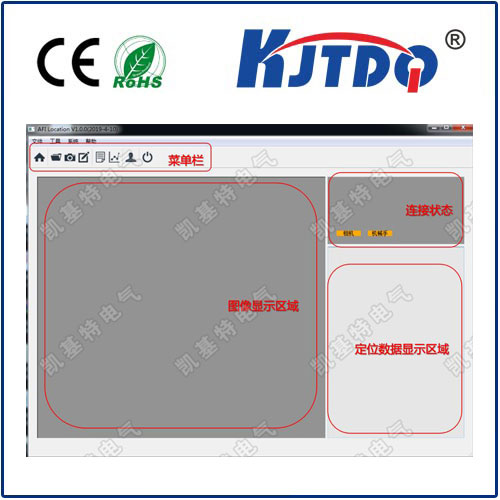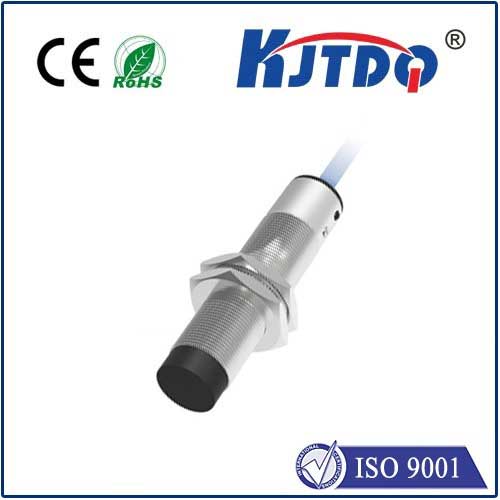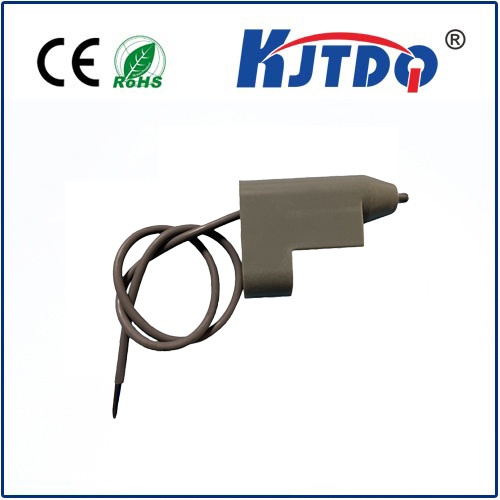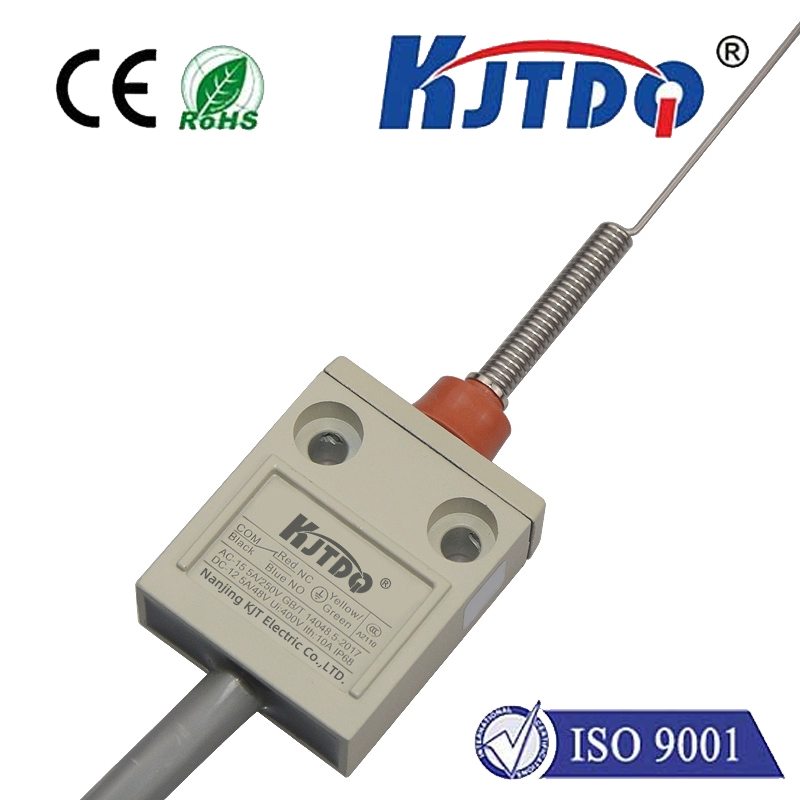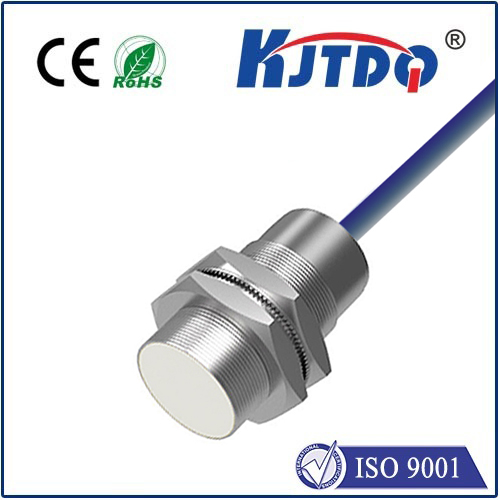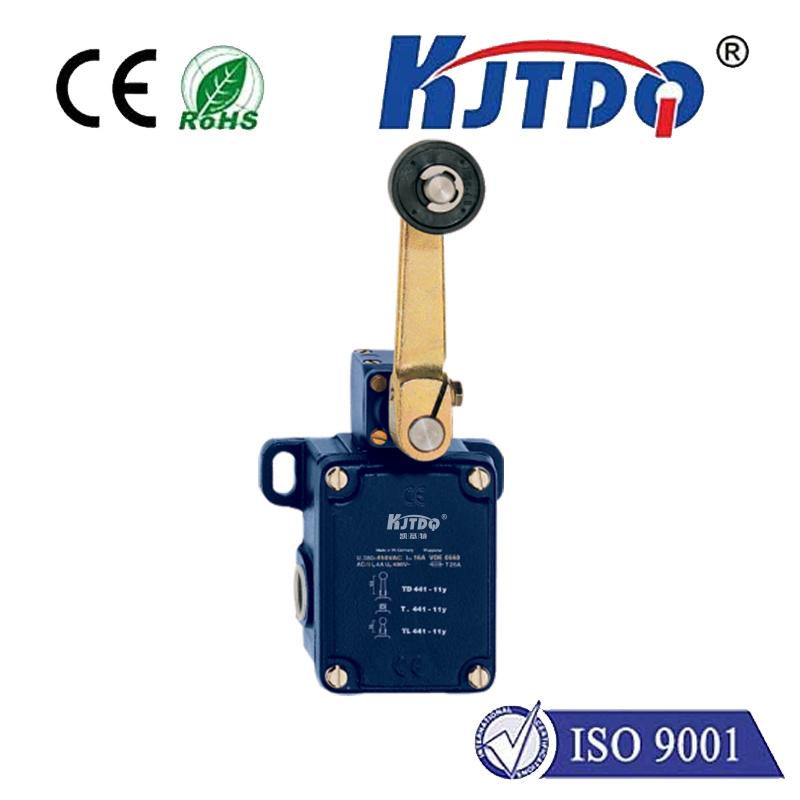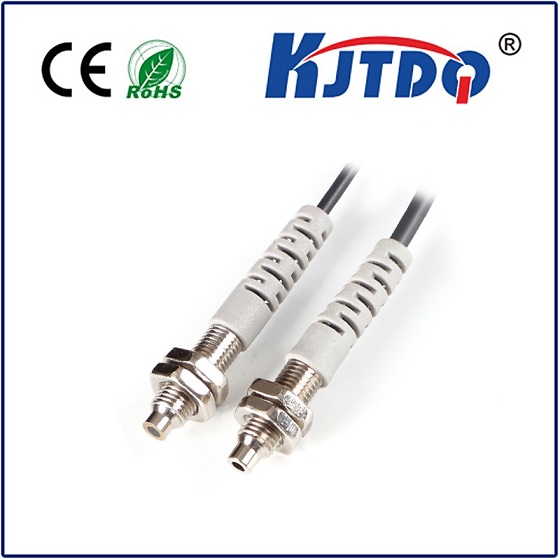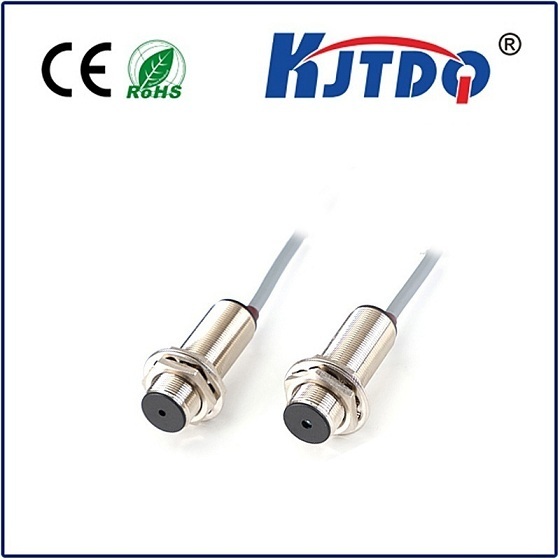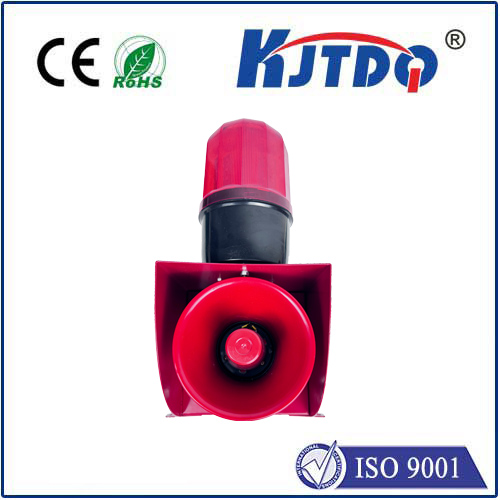E3Z-L61-M1J-1 0.3Mphotoelectric sensor
- time:2024-11-13 03:35:49
- Click:0

The Advanced E3Z-L61-M1J-1 0.3M Photoelectric Sensor: A Comprehensive Guide
In today’s rapidly evolving automation and industrial sectors, the need for reliable and precise sensors has never been more critical. Among the myriad of choices available, the E3Z-L61-M1J-1 0.3M photoelectric sensor emerges as a standout due to its exceptional accuracy, versatility, and robust build quality. This guide delves into what makes this sensor indispensable in modern applications, from manufacturing to robotics.
Understanding the Basics: What is a Photoelectric Sensor?
At its core, a photoelectric sensor operates on the principle of detecting objects by using light emissions. The E3Z-L61-M1J-1 0.3M model is designed with an infrared LED light source that emits light towards a phototransistor receiver. When an object interrupts this beam, it causes a change in the amount of light reaching the receiver, which is then converted into an electrical signal. This simple yet effective mechanism allows the sensor to accurately detect the presence or absence of objects within its field of view.
Key Features and Specifications
The E3Z-L61-M1J-1 0.3M boasts several features that set it apart:
- Detection Range: With a maximum range of 5 meters, this sensor provides extensive coverage for diverse industrial needs.
- Response Time: Its rapid response time of just 2 milliseconds ensures high-speed detection, making it ideal for fast-moving assembly lines and automated systems.
- Output Type: Offered in both NPN and PNP outputs, it accommodates a wide range of control circuits and devices.
- Environmental Resistance: Rated for IP67 protection, it can withstand harsh environments, including dust and water ingress, ensuring continuous operation even under challenging conditions.
Applications Across Industries
From automotive manufacturing to packaging lines, the E3Z-L61-M1J-1 0.3M finds applications in numerous scenarios:
- Conveyor Belt Control: By detecting product presence, it helps manage conveyor belt speeds and stoppages, optimizing flow and reducing jams.
- Robotic Vision Systems: In robotic arms, it acts as a proximity sensor to prevent collisions and ensure precise object manipulation.
- Counting and Sorting Machines: Accurate detection enables efficient counting of items and sorting based on size or color, enhancing productivity.
- Safety Systems: Used in perimeter security and hazardous area monitoring, ensuring worker safety and compliance with regulations.
Installation Tips and Best Practices
To maximize the performance of your E3Z-L61-M1J-1 0.3M, consider these installation tips:
- Ensure proper alignment between the emitter and receiver to maintain consistent detection.
- Avoid installing in direct sunlight or areas with excessive ambient light to prevent false readings.
- Use mounting brackets or stands to position the sensor at an optimal height and angle for targeted sensing.
- Regularly clean the sensor lens to prevent dust accumulation, which could affect performance.
Conclusion
The E3Z-L61-M1J-1 0.3M photoelectric sensor stands as a testament to advancements in sensing technology. Its blend of precision, speed, and durability make it a go-to solution for industries seeking to enhance automation processes. Whether you’re in manufacturing, logistics, or any other sector demanding reliable object detection, investing in this sensor promises to elevate operational efficiency and safety standards. With careful consideration of installation practices and understanding its capabilities, businesses can unlock new levels of productivity and innovation.





